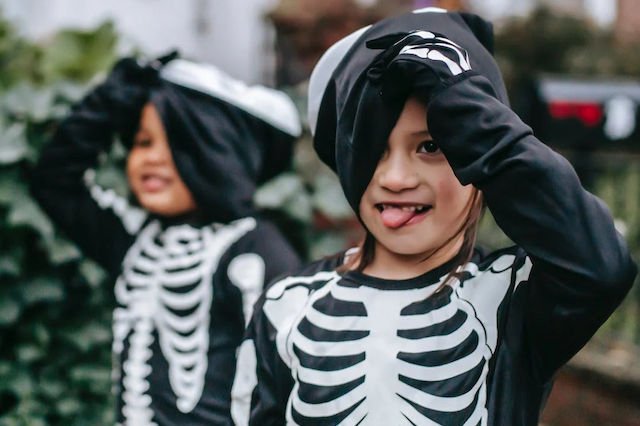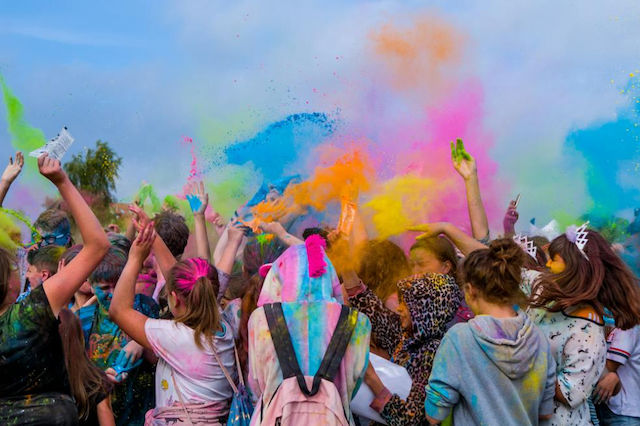Carnival customs throughout Greece
Carnival customs and celebrations are a valuable part of the cultural heritage throughout Greece. Each region has its own distinct customs and ways of celebration, making the carnival period a unique opportunity for residents to celebrate in their own way.
From Eastern Macedonia to Crete and the Ionian Islands, carnival festivities come alive with vitality and color, showcasing the richness of our country's cultural diversity.
Below I have gathered the most famous...
Galaxidi: The Story of Flour-Dusting
The story of Alefromoutzouroma begins in the remote chronologically and geographically areas of Greece, where the residents, especially the young people, would visit their neighbors wearing masks and traditional costumes.
The word "Alefromoutzouroma" comes from the combination of two words: "Alepro", which refers to white flour, and "Moutzouroma", which is a mixture of flour and water used for pranks or intimidation. During Alefromoutzouroma, participants would roam the streets.
In the houses, young people would throw flour on the residents, while at the same time carrying small containers of water or flour, which they used to "moutzouroma" people, adding even more fun to the tradition.

Thebes: Vlach Wedding
The ceremony of the Vlach wedding is a unique cultural institution that culminates on Clean Monday.
The procession, consisting of the groom's and bride's in-laws, presents a satirical dialogue in Vlach dialect, representing the corresponding Dionysian worship of the past.
During the course of the bride and groom, they "share" the wedding favors, which are usually towels with dried fruits and raisins.
This dialogue is a dramatic expressive form performed with the circular "dance of the dead," an illustrated presentation of the sacred ritual that constitutes the climax of the custom.

Naoussa: "The Genitsari and Boules"
The tradition of "Genitsars and Boules" in Naoussa is a unique cultural event that is revived every year on Carnival Sunday. It originates from ancient Dionysian roots and has been preserved in its authenticity until today.
The city streets fill with the rhythms of the drum and the zurna, as a group of "genitsars" wanders through the streets, with the final destination being the town hall, where the celebration reaches its peak.
The emblematic "Boula" appears in the window, ringing the coins hanging from her chest, reciprocating the greetings of the genitsars. Then, she joins the procession and everyone continues the tour until the next participants take over.
The entourage constantly grows, with men, women, and children actively participating in the revival of this tradition, creating a spectacular parade that showcases the culture and tradition of the region.

Skyros, the "Old Men"
The locals, mainly the fishermen of the island, vent their frustrations in a unique recitation with satirical verses, highlighting the events of the previous year in their own distinctive way.
As Carnival approaches, the neighborhoods of Skyros come alive with groups of people dressed in comedic costumes.
You can come across "Elderly Men" with bells, "Koreles" and "Franks".
And if two or more "Elderly Men" happen to meet, they compete in one of the funniest competitions, the famous "lilirisma", rhythmically and passionately shaking their bells to entertain everyone.






Be the first to leave a comment!